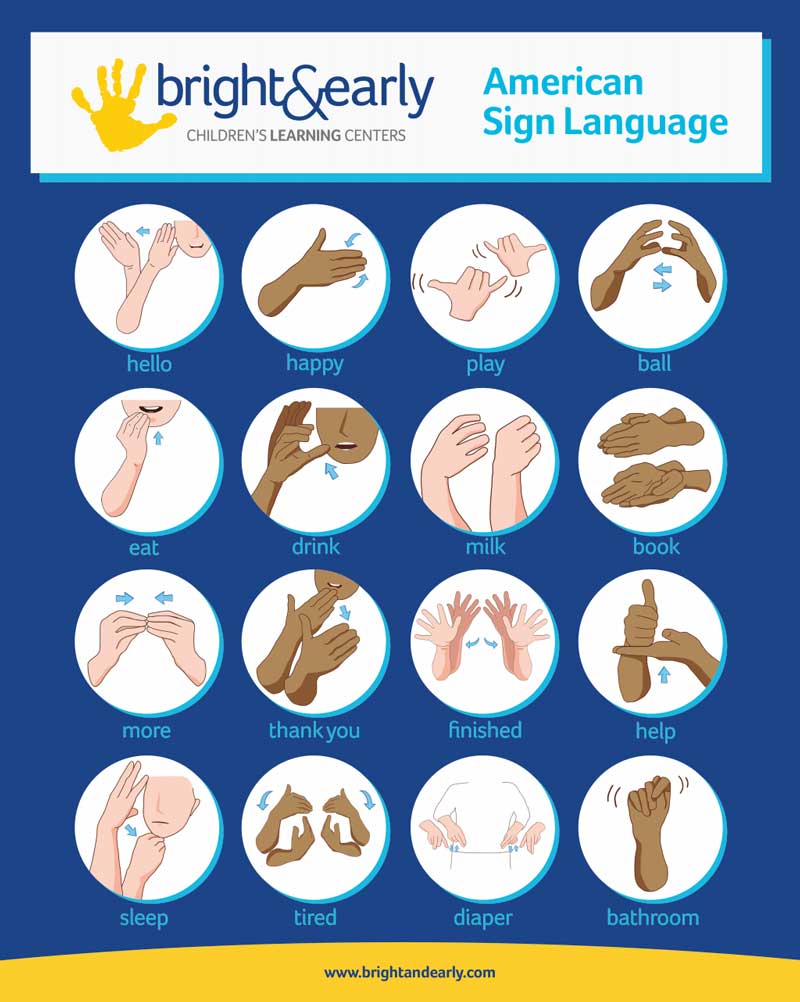Today I flew to a little airport north of Los Angeles that is right by the beach – Oceano County airport (L52). There was some uncertainty in the morning as to whether the weather would be suitable; the marine layer was hanging out along the coast, and at 7:30 a.m. I got this alert for Airmet Sierra (IFR and mountain obscuration — basically means CLOUDS and “VFR not recommended”).
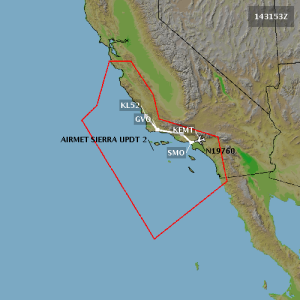
However, I waited until the updated TAFs (Terminal Area Forecasts) came out at 10 a.m., and they were favorable – the clouds had dissipated at many locations along the route and were expected to continue to improve. I took off from El Monte and flew to Santa Monica, where I picked up Manuel. We then took off for Oceano, with me piloting and Manuel handling comm. For this takeoff, I got a “line up and wait” instruction for the first time! I rolled onto the runway and readied myself to stop and sit there, but then the controller cleared me for takeoff before I’d quite stopped so I went full throttle and took off.
We’d planned to get flight following to Oceano at an altitude of 6500′. However, when we made that request, the SoCal controller was too busy and told us to try back later. He then started chewing out some unfortunate pilot who was flying IFR but apparently wasn’t adhering to her assigned altitude and/or heading. Another VFR pilot called in with a flight following request and was also denied. Eventually we switched to another frequency and got someone who was less busy. Having ADS-B in the cockpit (which plots nearby planes on the GPS display) is great as a source of additional information, especially when the controllers are too busy!
Here is a shot of the beautiful coastline as we headed northwest:
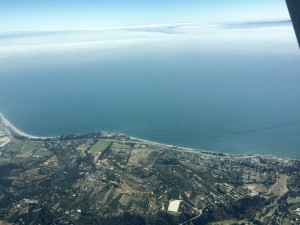
It took us an hour and 20 minutes from SMO to Oceano. It was smooth and uneventful. Near the end of the flight, we went right over the Santa Maria (SMX) airport, which was one of the stops on my long solo cross-country flight as a student pilot last year. It was fun to be going a bit further and to a new destination!
Oceano is a tiny airport, with a runway that is only 2300 feet long. That is plenty of space to land a Cessna 172, but it’s also important to be ready to go around if anything delays the landing. The most likely runway in use (given the weather reported at the nearest stations) was runway 29. We were coming from the southeast, which set us up almost perfectly for a straight-in approach. But for an untowered airport, it’s better to approach with a regular downwind entry so you have more time to scout out the runway (and any traffic). So I swung to the west and came up along the beach, then entered downwind for 29 on the 45. No one else was there. I treated it like a short field landing and came in steeply with full flaps. I didn’t land right at the start of the runway; I think I’ve gotten so used to El Monte’s displaced threshold that I feel uncomfortable aiming for the dirt before the runway. But of course, the plane always floats and it’s probably perfectly fine to do so. Still, I had plenty of runway; I didn’t even use up half of it. It wasn’t my best landing as the plane was swinging a little left and right (wind, I assume) and I touched down not quite aligned. I think I should have added power to delay touching until we were fully straight. But this was minor and the landing was safe and controlled.
Here’s the view on final approach to runway 29!
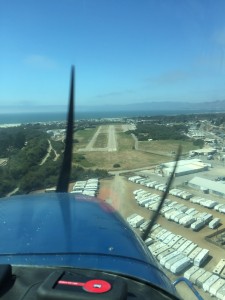
We parked and decided to go get some lunch. This biplane was running its engine nearby (coughing and sputtering, poor thing). Someday it would be fun to go for a ride in an open cockpit! The airport also has bikes you can borrow to get around and a campsite!
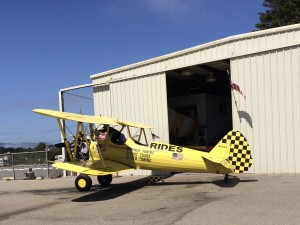
We walked 3 blocks to the Rock & Roll diner, which is converted from two old train cars! It is charming and fun. :) It serves diner fare, BBQ ribs, Greek food (?), and Mexican food.
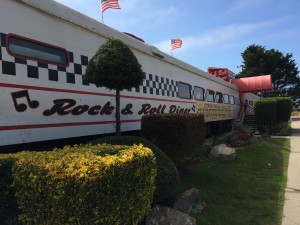
We returned to the airport, added fuel to the plane, and then got ready to leave. The clouds were rolling back in. Vandenberg airport was reporting IFR conditions, although Santa Maria and San Luis Obispo (our closest weather-reporting airports) were still clear. We watched the noisy biplane take off, and I think he may have had a paying customer, because he was dipping his wings in crazy maneuvers before even clearing the runway! I’m not sure I want to go flying with him!
Manuel was the pilot for our return to SMO, with me on comm. That meant I had more opportunities to enjoy the view. I took pictures of all of the airports we flew over and also a nice shot of clouds off to the side and below:
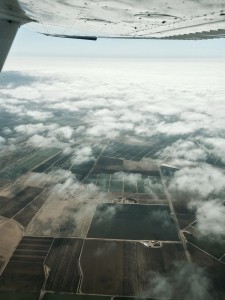
For most of our flight, though, it was clear skies. Manuel took us on a more coastal route than I had used on the outbound trip. Here is Point Dume:
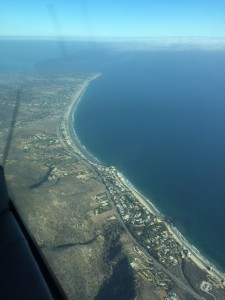
As we approached SMO, we observed that there were some clouds in that area. We kept a careful eye on them and decided it was acceptable for a VFR approach. Manuel made a very nice landing on runway 21! He hopped out and I started back up to return to EMT before the clouds thickened. 25 minutes later, I was back at El Monte! What a great flying day!
